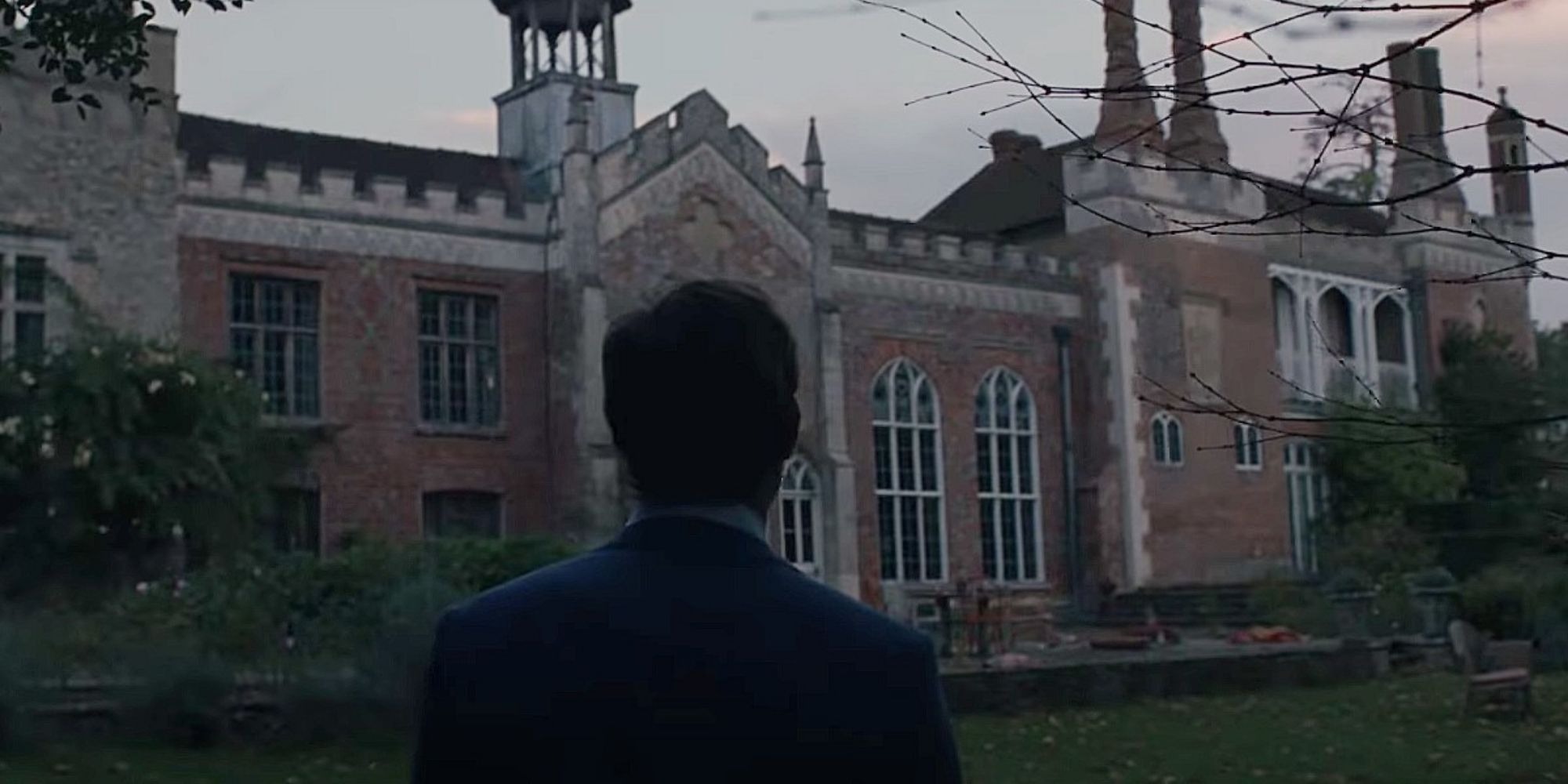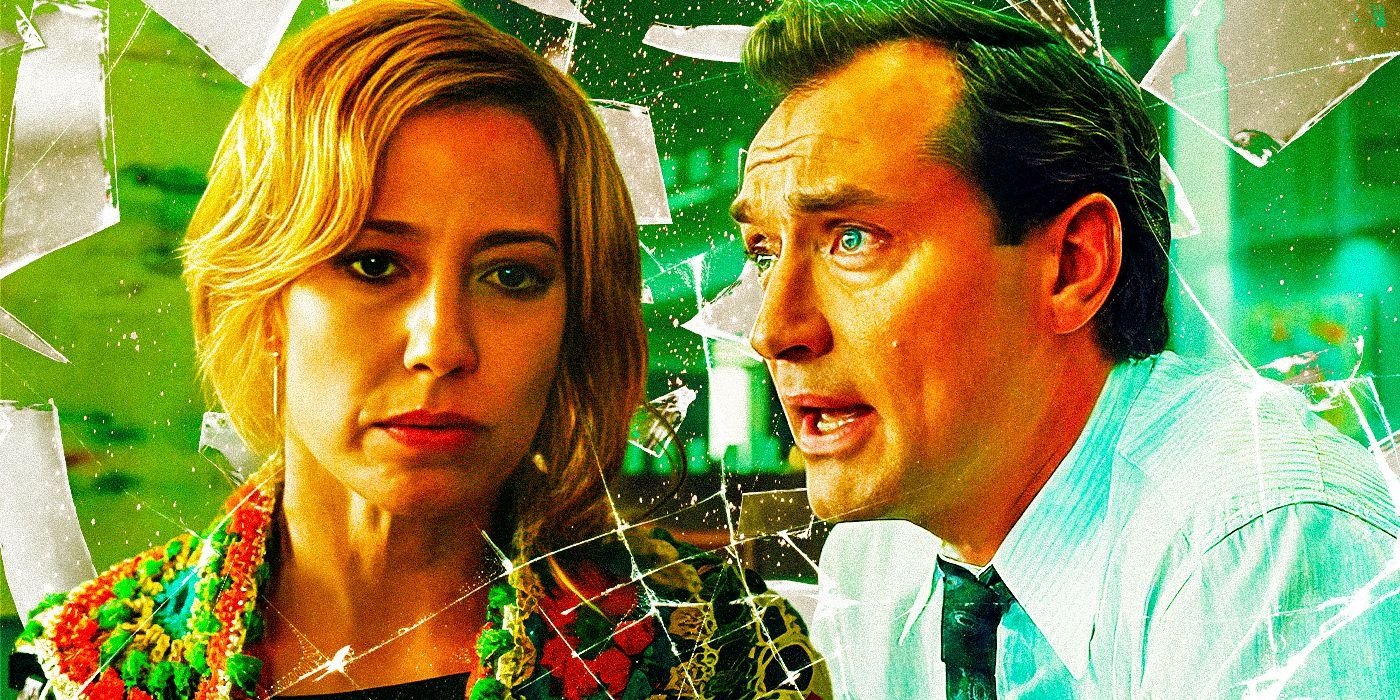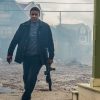Even though The Nest premiered back in 2020, a fresh wave of audiences in 2024 are now discovering the intense drama following its arrival on Netflix. And for many who are only just watching it, the film offers an emotionally taxing experience that lingers.
Sean Durkin, the filmmaker behind Martha Marcy May Marlene and The Iron Claw, crafted this emotional thriller with Jude Law and Carrie Coon at its centre. Set in the 1980s, the story revolves around a married couple whose seemingly stable life begins to disintegrate due to questionable business choices made by the husband.
The movie quietly comments on the pressures women face when reliant on their spouses for financial support, and how those dynamics are slowly shifting over time. Don’t let the name fool you—The Nest offers anything but comfort. What viewers get instead is a cold, pressure-filled atmosphere layered with heavy symbolism.

If you found the meaning of the story unclear or feel like you missed something important, you’re not alone. Here’s a detailed breakdown of what happened in the film, with a close look at the ending and what the fate of the horse really meant.
Plot Breakdown of The Nest
Rory, a British man played by Jude Law, resides in New York with his American wife Allison, portrayed by Carrie Coon. Along with Allison’s daughter, Sam, and their younger son, Ben, the family enjoys a stable, middle-class lifestyle. Allison runs horse riding classes and earns income from her barn, keeping their home running comfortably.
However, Rory suddenly informs Allison that they must relocate to London. He claims he’s received a lucrative offer from his former employer, Arthur Davis, to rejoin a stock trading firm.
Though Allison is reluctant, Rory pushes forward with the plan, convinced that financial deregulation in the UK—similar to what occurred under Reagan in the US—will open doors for immense wealth. He purchases a large, aged estate in the countryside, far bigger than what the family requires.
Richmond the Horse: Symbol of Displacement
As the family prepares for the big move, Allison’s treasured horse, Richmond, becomes noticeably unsettled—his distress echoing Allison’s unspoken anxiety about the upheaval. If you’re fond of animals, particularly horses, be warned: Richmond serves as a clear metaphor for Allison’s sense of freedom and identity.
Returning to England, Rory receives a warm welcome from old colleagues and his previous boss. During a work function, Allison uncovers the truth: Rory wasn’t headhunted, he had begged for the job. Meanwhile, the new barn meant for Richmond remains unfinished due to unpaid bills.
When Allison follows up, she discovers the cheques Rory issued to the contractors have bounced. Upon checking their finances, she finds they’re nearly broke. When she challenges Rory, he insists a major payment is coming soon—he believes he’s close to convincing his boss to sell the company, which would benefit him greatly.
Promises Fail and Tragedy Strikes
Time drags on, and the promised money never arrives. One morning, Rory requests that Allison lend him some cash. She’s hesitant but gives in—though she refuses to let him know where her emergency savings are hidden.
That same day, while Allison is riding Richmond, the horse collapses from a seizure. Unable to reach Rory, she rushes to a nearby farm for help. The farmer determines that Richmond is dying and puts the animal down. Allison helps bury the horse on their property—burying a piece of herself along with it.
Rory’s Aspirations Crumble
Afterward, Rory finds out that his boss has decided against selling the company, meaning the deal he had pinned his hopes on falls apart. In desperation, Rory steals a colleague’s pitch idea and passes it off as his own.
Feeling dejected, he visits his estranged mother in the countryside. She hasn’t seen him in years and is unaware that he has a wife and children. Despite Rory urging her to join him in their grand estate, she turns him down.
At their home, Allison grows increasingly paranoid, locking every door—only for one to mysteriously open. When Rory returns, the couple erupts into a brutal argument.
Rory expresses no sorrow over Richmond’s death, calling the horse defective and blaming Allison for failing to involve a vet. She lashes back, blaming the house, the move, and Rory’s fantasies for their misery. Rory insists his traumatic upbringing justifies the lavish life he now chases.
Allison’s Breaking Point
Trying to make ends meet, Allison takes up manual labour at the farm that helped with Richmond. Rory invites her to another business dinner, where she openly mocks him in front of potential partners. After walking out, she drives to a bar, drinks, dances, and later realises she’s too drunk to drive. She pulls over and hallucinates seeing Richmond, symbolising her lingering grief.

Rory later tries to bond with a coworker over drinks, but is turned down. He’s told that he’s been excluded from the deal he was banking on. In a cab ride home, Rory confesses to the driver that he’s been faking wealth for years.
He once had a million dollars, but greed and pride led to his downfall. He also admits his father was violent, and the driver advises him to simply be a better father in return. But Rory isn’t willing to accept those words, and is eventually kicked out of the cab for failing to pay the fare.
The Family House in Ruins
Back at the mansion, Rory walks into chaos—Sam has hosted a wild party, and young Ben has been hiding in fear. He stumbled upon Richmond’s body, which had resurfaced due to being improperly buried. The image is disturbing: pain and sorrow cannot be buried permanently.
The Horse’s Death and What It Represents
Richmond’s health deteriorated following the family’s move, and Allison admits to Ben that she didn’t realise the horse was ill. The animal’s decline mirrors Allison’s own emotional spiral.
She set aside her own well-being to follow Rory, ignoring the warning signs in both her marriage and personal happiness. Richmond’s death reflects both the broken relationship and the damage to Allison’s inner self—problems they tried to bury, only to have them return.
How The Nest Ends
As the story closes, Rory comes back to the house to find his family eating breakfast. He pretends all is fine and brings up a new plan—to move to the city and start a fresh business. Allison quietly tells him to stop.
Overwhelmed with emotion, Rory breaks down and apologises. Sam then steps forward, hugs him, and pulls out a chair, offering him breakfast. This quiet moment brings the story to a close. Looking for your next movie night pick? Discover this title now on Amazon Prime.



